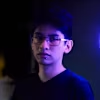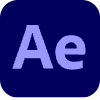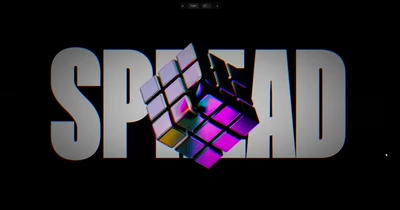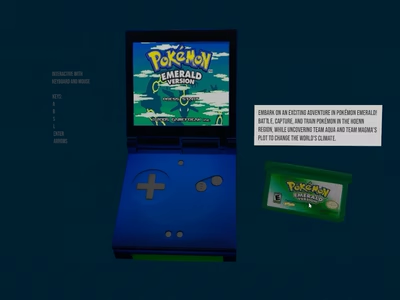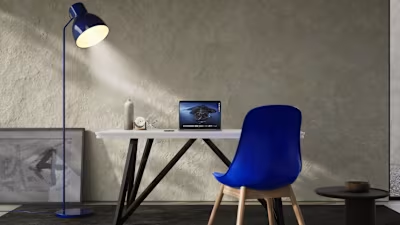Rocaventura Educational Short Film
Rocaventura Educational Short Film
The Guatemala City Children's Museum contacted us with a simple but exciting task: to bring back to life an old 3D video about minerals that they used to use in their Rocaventura exhibit.
This projection is part of a physical exhibit in the museum that looks like a cave. Kids learn how to tell minerals apart and identify them in this area. The goal was to make the visuals modern, the animation up-to-date, and the story more engaging for kids today, all while keeping the original piece's educational spirit.
They gave us the basic idea, the script, and the old version. After that, it was our job to reinterpret the adaptation.
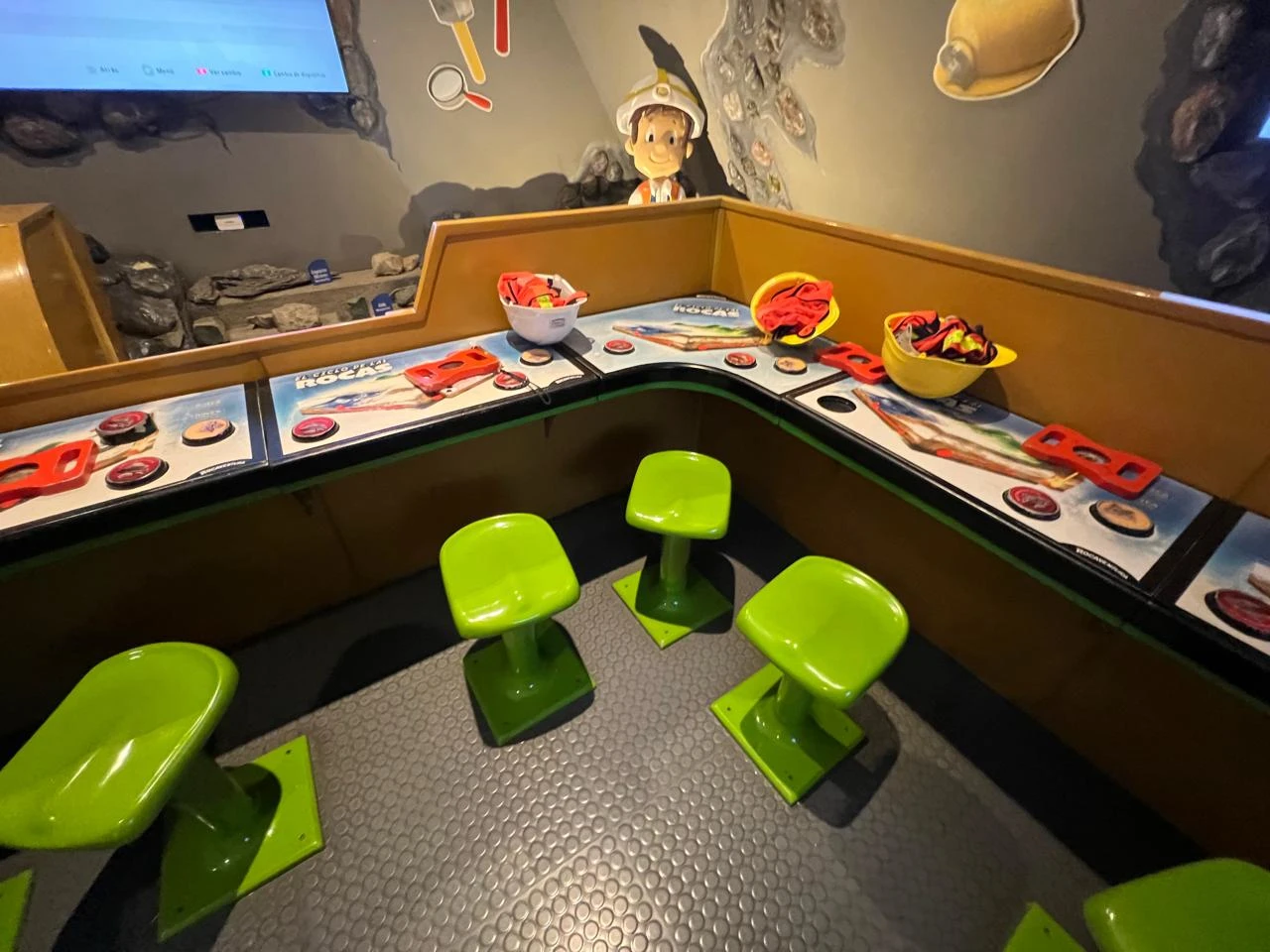
Our Approach
We wanted to bridge traditional filmmaking with real-time 3D technology. Instead of using a classic render-based workflow, we adapted a film production pipeline to a real-time Unreal Engine workflow, integrating DaVinci Resolve for color grading and After Effects for motion design.
This approach gave us faster iteration cycles, the ability to see near-final results inside Unreal, and the flexibility to mix camera direction, facial capture, lighting, and animation all in one ecosystem.
Pre-Production
We started by redesigning the main character, who is a friendly explorer who shows kids around the world of minerals. We made three outfits to show different stages of learning:
Explorer: inspired by Indiana Jones, full of adventure and discovery.
Miner: showing the safety and prevention that are needed for mining work.
Scientist: highlighting the curiosity and intellectual side of learning.
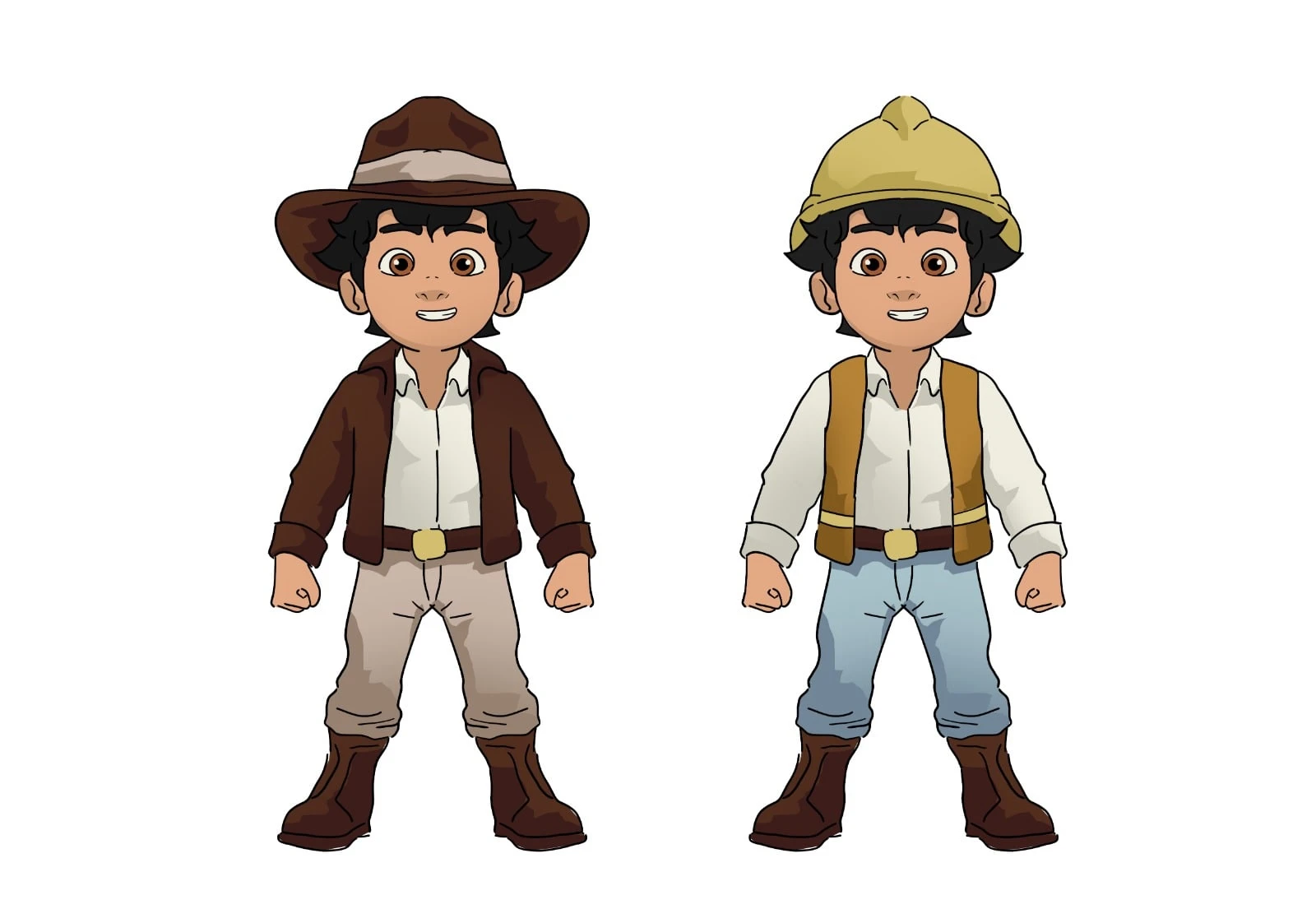
Alongside character design, we conducted asset gathering and visited a real mine to collect environmental texture patterns, rock formations, and the unique atmosphere of underground spaces. This visit deeply influenced our world-building later inside Unreal.
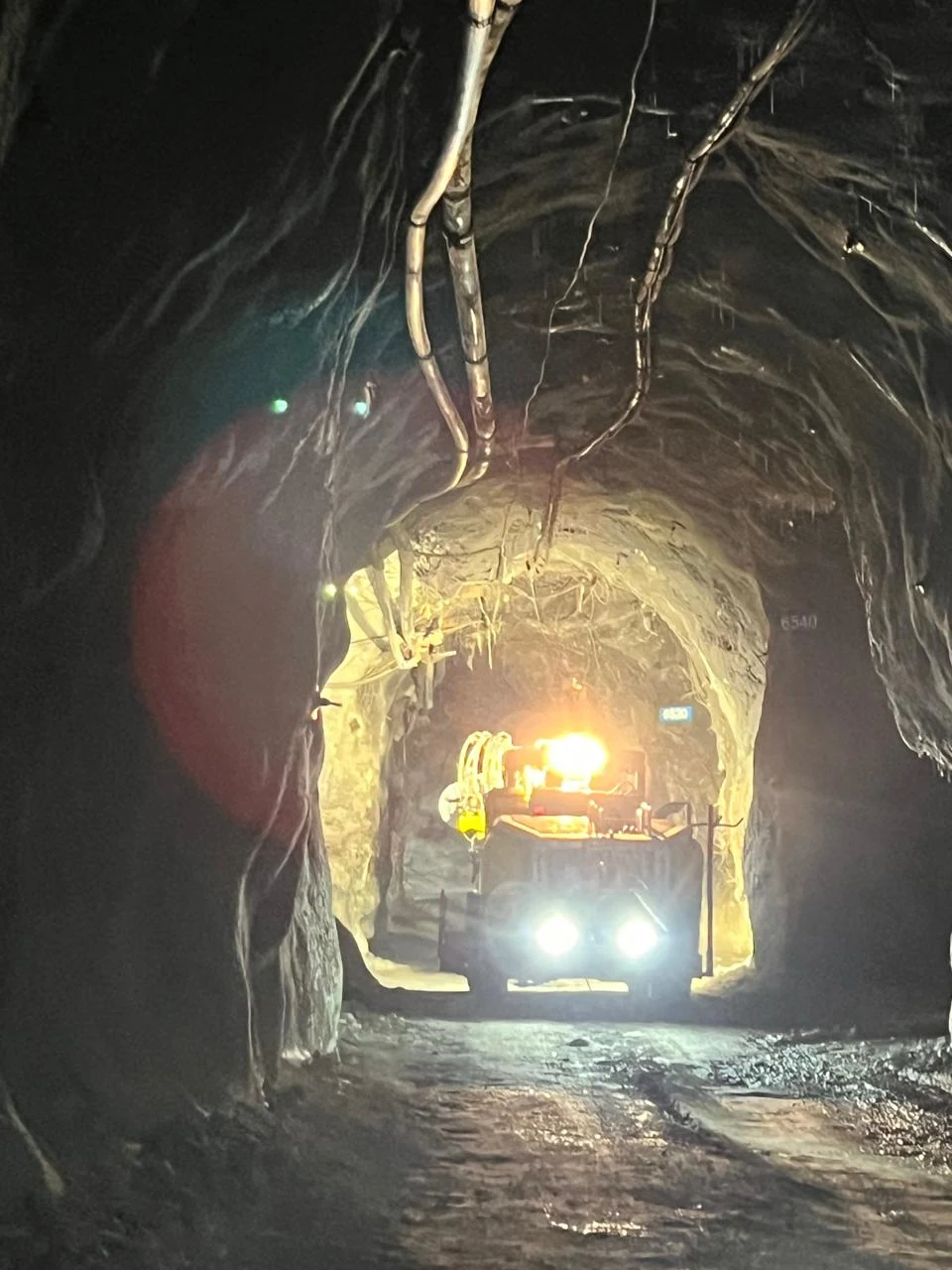
Production
This is where Unreal Engine really stood out.
We started our pipeline with grayboxing, which set up the basic layout and camera paths. After we were happy with the foundation, we moved on to:
Lighting
Materials
World dressing
Character modeling, rigging, texturing
Animation
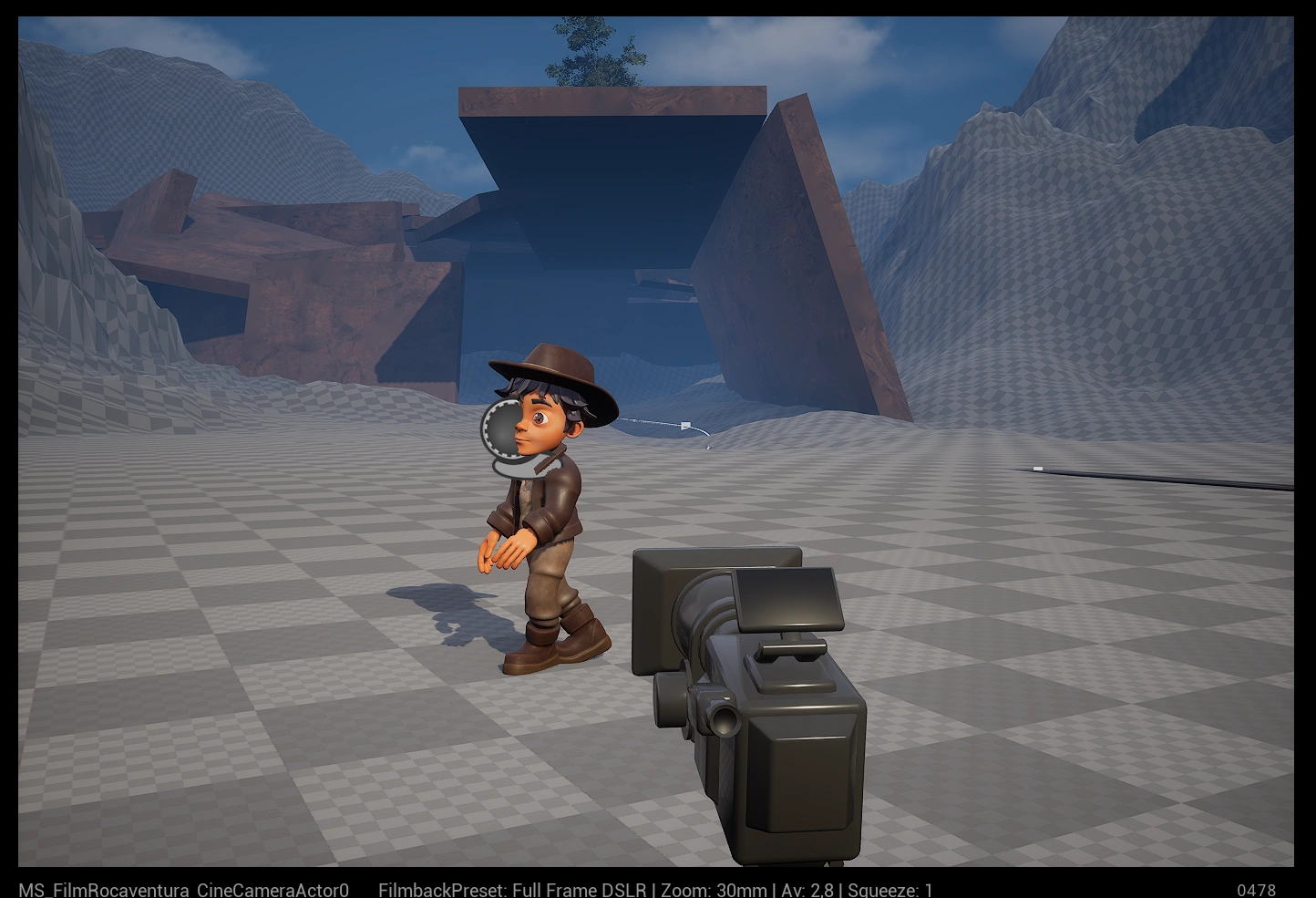
We experimented with the Motion Sample System to make the character interactive and responsive in real time. It worked great until we tried to integrate it into Sequencer, where unexpected leg and pose issues appeared. So we pivoted, building a simpler, custom character blueprint that allowed us to combine Mixamo and Unreal Mannequin-compatible animations seamlessly.
For facial animation, we used Live Link Face on an iPhone to capture expressions in sync with the original voice recording from the old video. This was trickier than expected; the subtle performances didn’t translate well on the cartoonish character. We had to exaggerate our acting, like stage performers, to bring those emotions to life. The result? These approach resulted in a significantly more expressive and engaging guide for children.
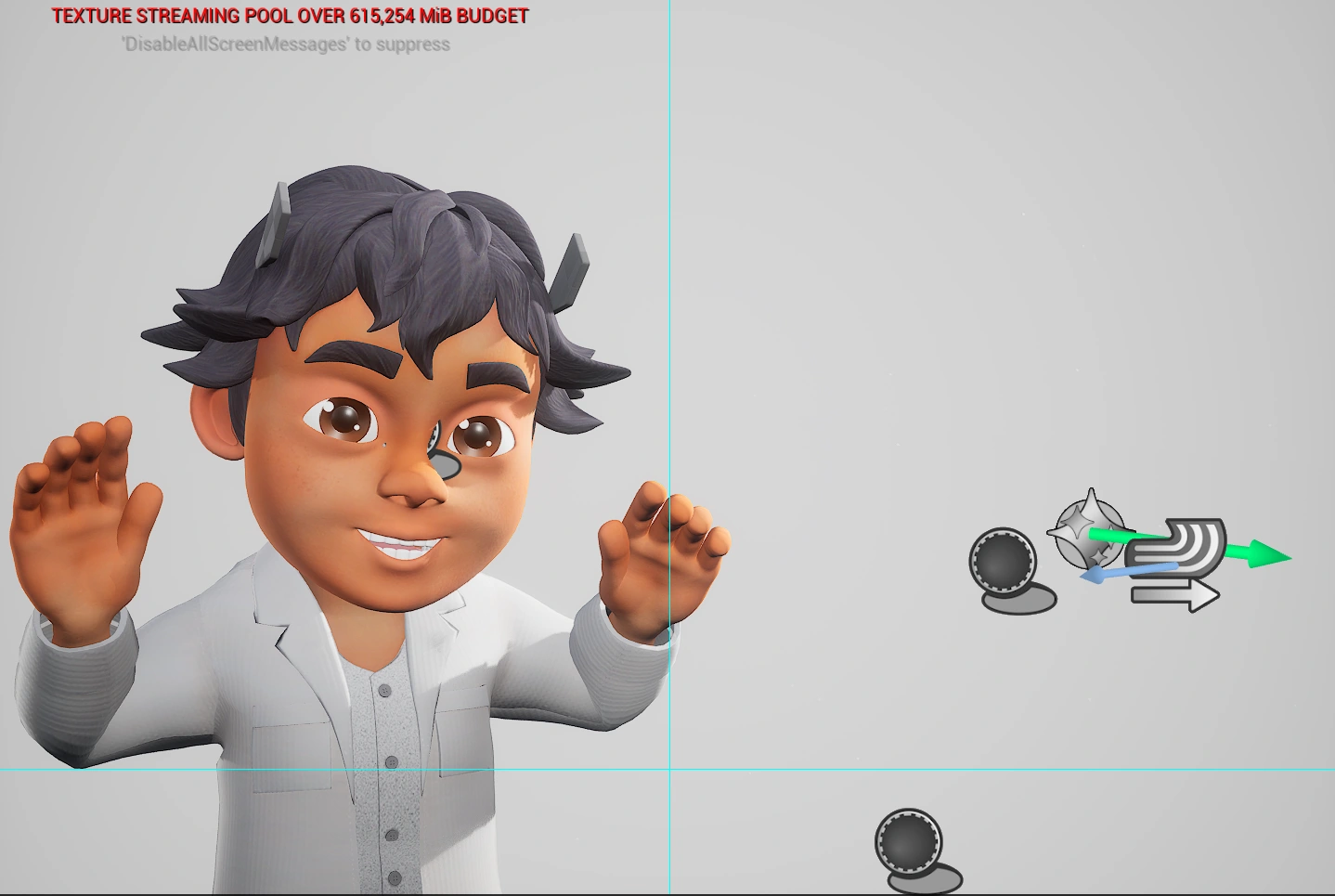
Post-Production
Once the sequences were rendered out in EXR format, we moved into DaVinci Resolve for color grading. This allowed us to take full advantage of the color data, adjusting the mood and richness of the cave environment to feel both cinematic and friendly.
From there, we added motion graphics and VFX using After Effects, refining titles, transitions, and other small elements that enhanced the visual clarity of the learning points.
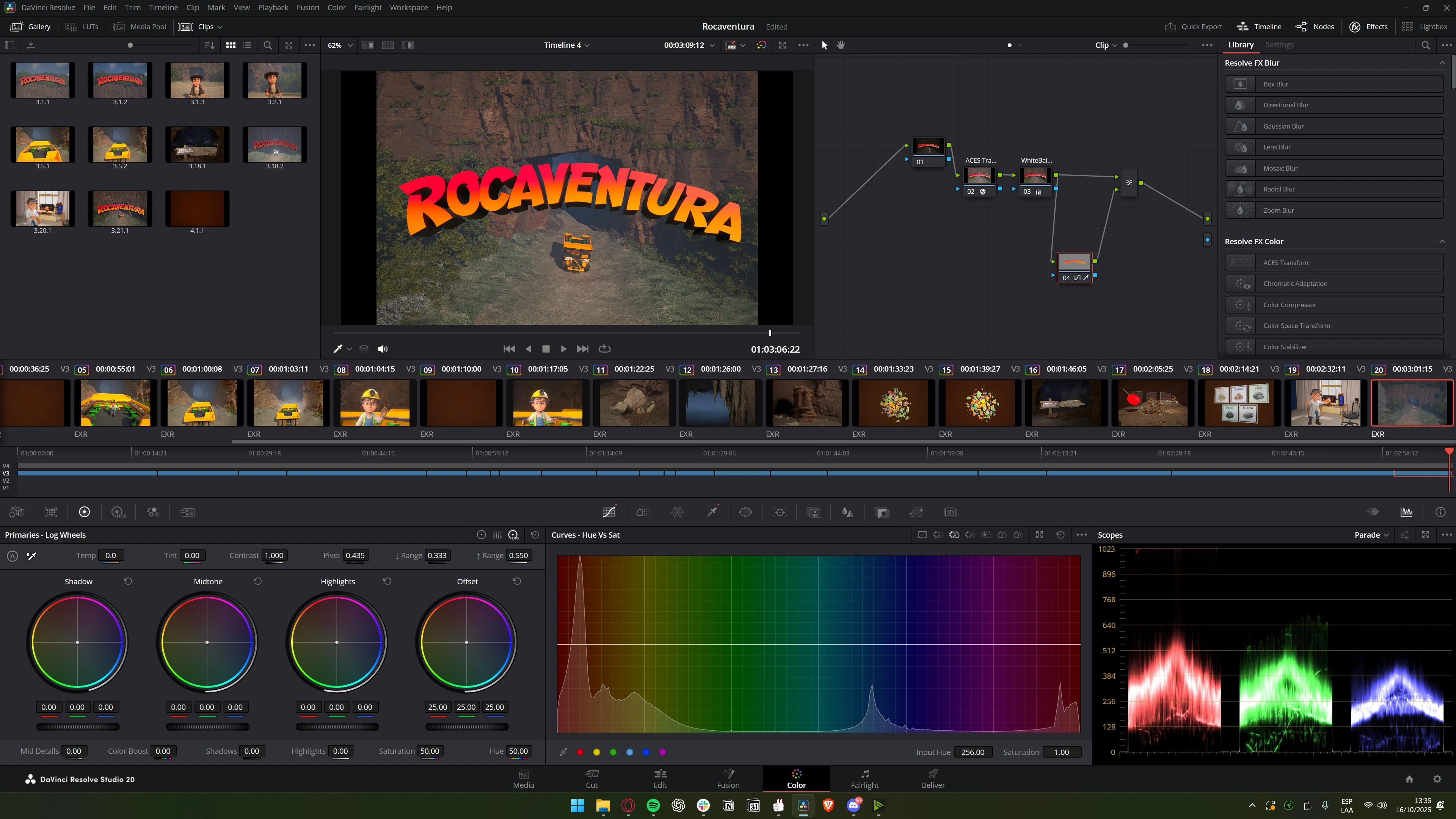
Beyond the Screen
While working on the video, we also redesigned the Rocaventura logo and refreshed the visual design of the physical exhibition desks since the museum no longer has editable source files. The new design aligns better with the updated look of the video and creates a cohesive experience between the digital and physical spaces.
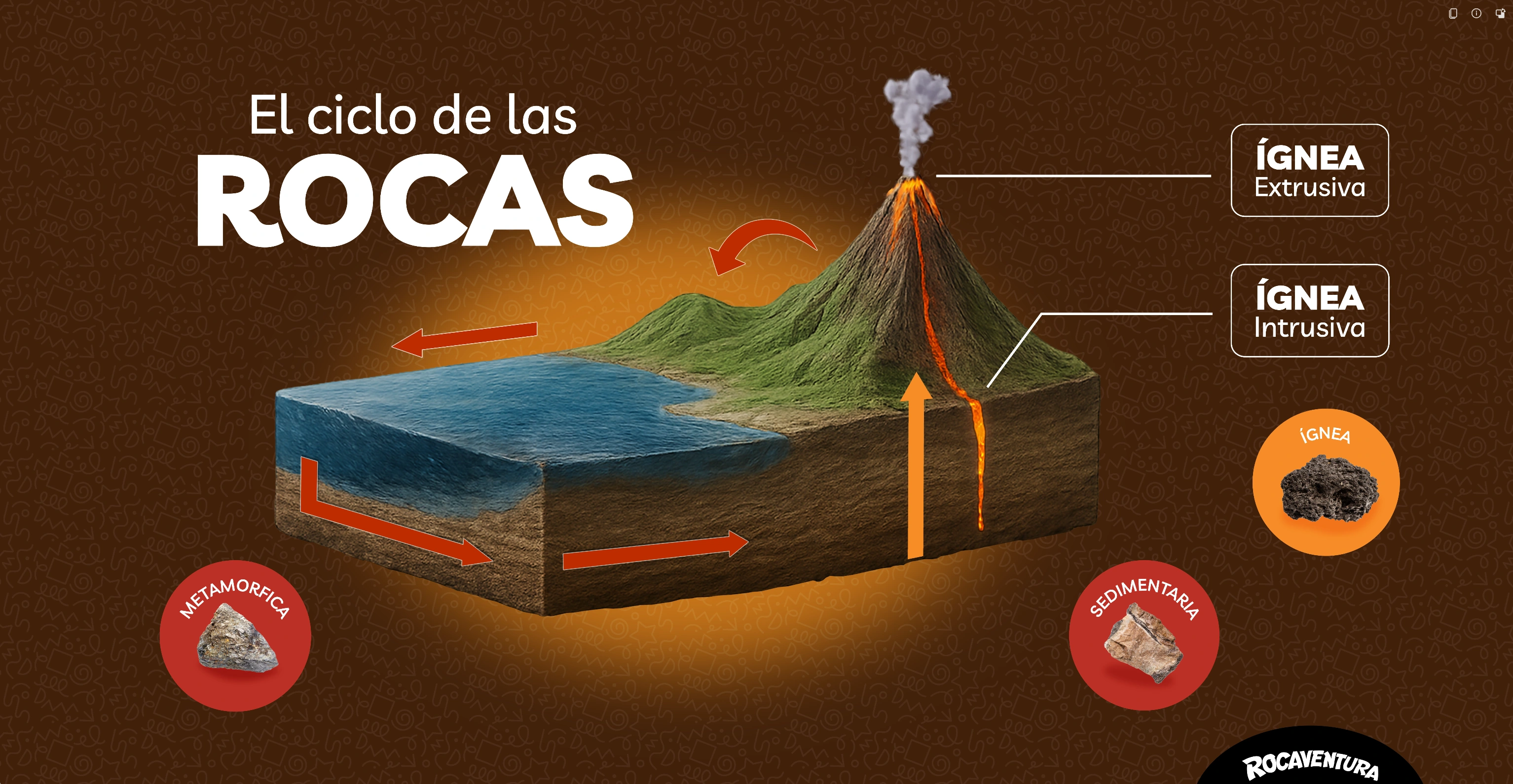
The Result
The new Rocaventura video is now being played continuously at the museum's exhibit. The director, subdirector, and the entire educational staff loved the result, describing it as “a perfect blend of fun and learning.”
For us, it was more than just a remake — it was a case study on how real-time engines can transform traditional film pipelines and open new possibilities for educational storytelling.
Tools & Tech
Unreal Engine 5
Niagara, Environment, Animation, Motion Design Tools, Live Link Face
DaVinci Resolve
Color Grading, SFX, EXR Handling
After Effects
Motion Graphics & Compositing
Autodesk Maya
Character modeling, Rigging
Adobe Substance Painter
Texturing
GitHub
Version Control
Credits
Client: Museo de los Niños de Guatemala
Production: PostHuman Grafx
Director: Axel Oliva
3D Cinematography: Axel Oliva
3D Design & Motion: Axel Oliva, Cesar Marroquín
Character Design: Walter Oliva
Rigging: Walter Oliva
Texturing: Walter Oliva
Animation: Axel Oliva, Walter Oliva
Motion Capture: Axel Oliva, Walter Oliva
Post-Production: Axel Oliva, Cesar Marroquín
Source Control: David Carrera
Tech Support: David Carrera
Audio Design: Luis Fuentes
Year: 2025
Like this project
Posted Oct 16, 2025
Revamped Rocaventura video for Guatemala City Children's Museum using Unreal Engine and DaVinci Resolve.
Likes
1
Views
8
Timeline
Aug 1, 2025 - Oct 3, 2025
